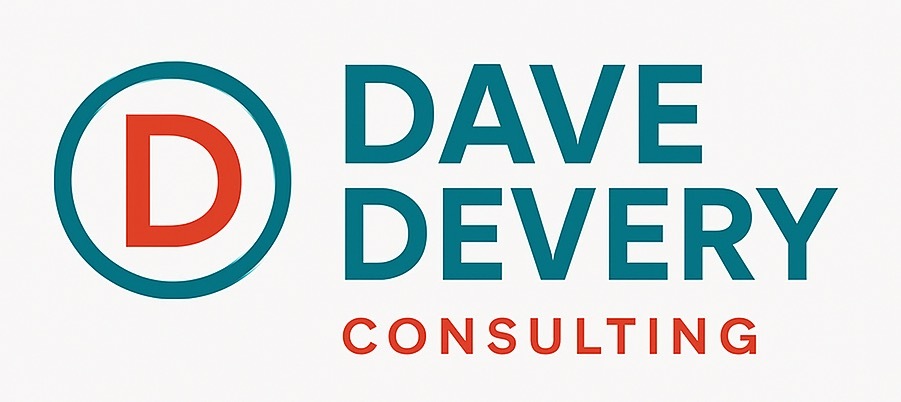Board Representation and Reporting
Serve as a technology advisor on the board of directors, providing insights on IT strategy and risk management. Deliver clear, concise reports to the board to support informed decision-making.
IT Governance and Strategy Alignment
Align IT governance with overall business strategy.
Establish frameworks to ensure IT investments deliver value.
IT Health Checks and Risk Assessments
Conduct comprehensive IT assessments.
Identify risks, vulnerabilities, and gaps in infrastructure and provide actionable recommendations for improvement.
Creation and Review of IT Policies
Develop tailored IT policies
Regularly review and update policies for compliance.
Information Security Management System (ISMS) Development
Design and implement a robust ISMS framework (e.g., ISO 27001).
Regularly review and audit ISMS for effectiveness.
IT Audits and Compliance Checks
Perform regular IT audits to ensure compliance.
Identify areas for improvement and provide recommendations.
Infrastructure Reviews and Optimisation
Assess existing IT infrastructure for efficiency.
Identify opportunities for cost reduction and performance improvement.
Development of IT Roadmaps
Create strategic IT roadmaps aligned with business goals.
Outline actionable steps for future technology adoption.
Cybersecurity Strategy and Incident Response Planning
Develop a comprehensive cybersecurity strategy.
Establish and test incident response plans.
Vendor Management and Negotiations
Manage vendor relationships and service quality.
Negotiate contracts and service-level agreements (SLAs).
Technology Change Management
Support planning and implementation of technology changes.
Ensure smooth adoption and minimal disruption to operations.
Performance Monitoring and Reporting
Set up key performance indicators (KPIs) for IT performance.
Provide regular reports and insights to stakeholders.
Advisory on Emerging Technologies
Provide insights on the latest technology trends.
Evaluate and recommend new technologies aligned with business needs.
Business Continuity and Disaster Recovery Planning
Develop and test business continuity and disaster recovery plans.
Ensure plans are regularly updated and tested.
Technical Due Diligence
Assisting purchasing entities evaluate potential acquisitions.
Thorough review of security risks and evaluation of current security practices.
IT Expert Witness in Legal Cases
Expert testimony and technical analysis in legal proceedings.

